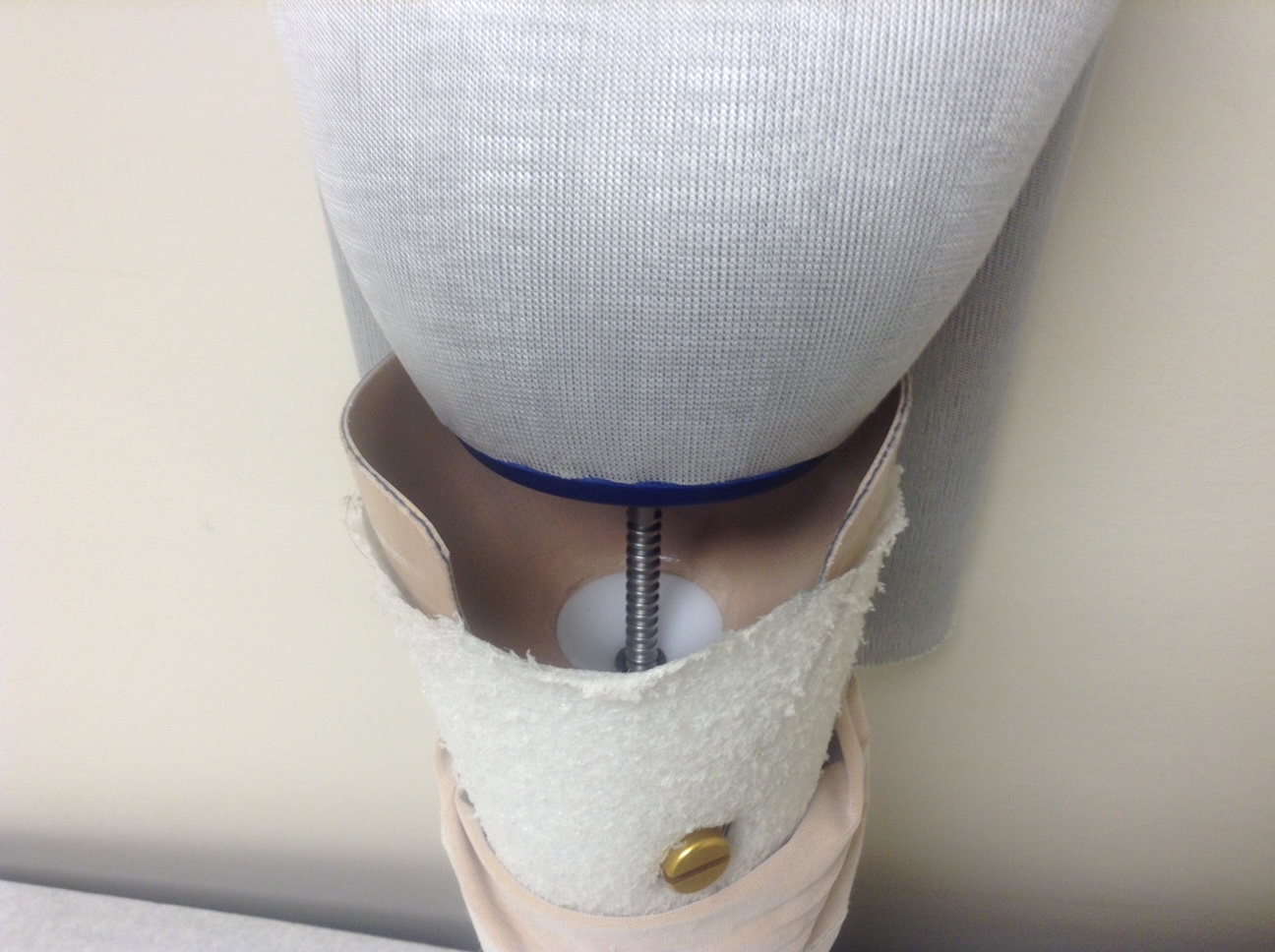QUESTION:
My next appointment is scheduled in your office after the first of the year. Do I need to bring anything with me? Is there anything new I should know before coming to my appointment?
- Karon M.
ANSWER:
Thank you for the great question! The first of the year can be tricky for medical offices, as it is when most insurance policies renew. It is also the time of year when brand new insurance plans go into effect. Unfortunately, a change in insurance can sometimes cause problems for patients since not all medical providers participate with all insurance plans.
For example, we often see patients who were previously enrolled in traditional Medicare who have signed up for a Medicare Advantage plan during the open enrollment period. Changing over to a Medicare Advantage plan can potentially affect coverage with your current healthcare providers, as some providers may not participate with a particular Medicare Advantage plan. This means you would no longer be able to see that provider without having an out of pocket expense. This is one reason we encourage our patients who have made any change to their insurance to contact our office prior to their appointment to let us know of the change. At this time, we can also confirm whether or not we are an in-network provider with your new insurance plan.
Speaking of out of pocket expenses, since most insurance policies run calendar year (Jan 1 – Dec 31), deductibles and out of pocket costs also renew the first of the year - so there may also be a possibility you will have a share for a service early in the new year. We will certainly let you know of any financial responsibility you may have prior to providing the service. Also, please don’t forget to bring any new insurance cards with you to your appointment!
One last thing, so we may have the option to effectively communicate with you in regards to the care you receive from us, we will be asking for your current email address, as well as your permission to use it as a method of contacting you regarding the medical care you are receiving from us.
Happy New Year!
- Kristin Boswell, Director of Patient Services and Billing







